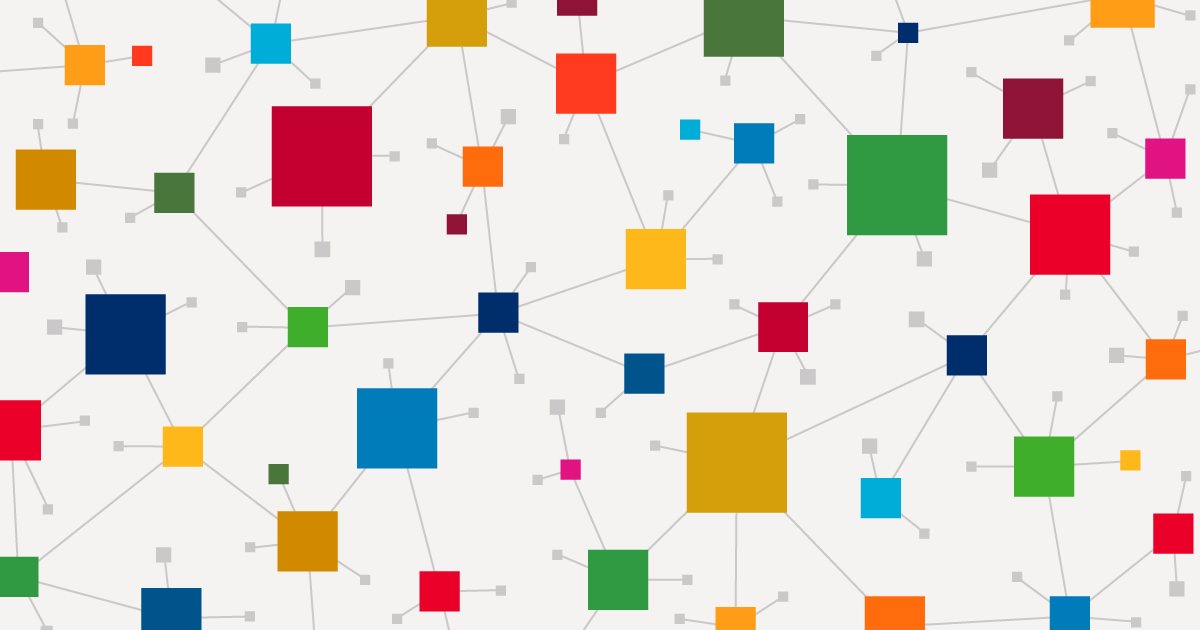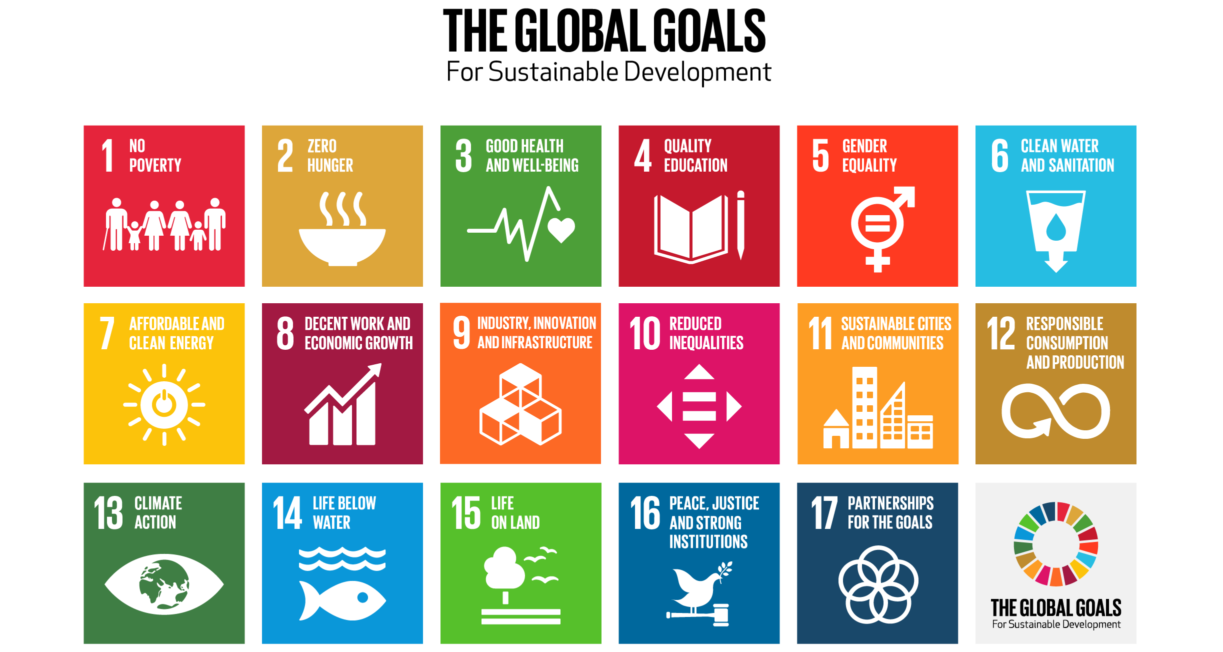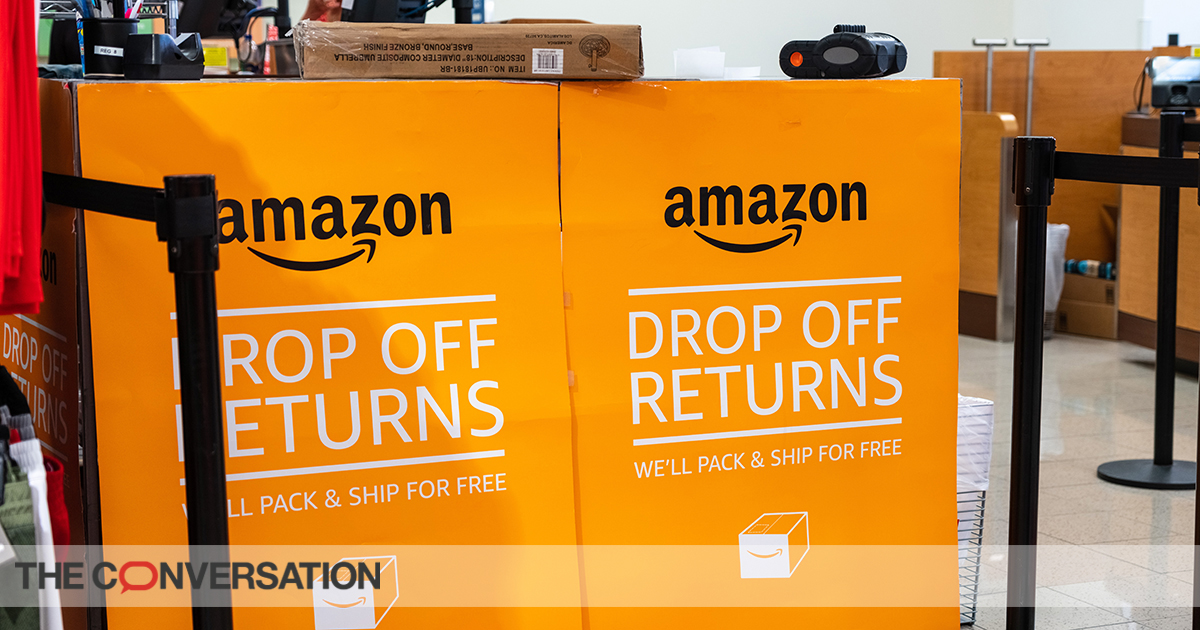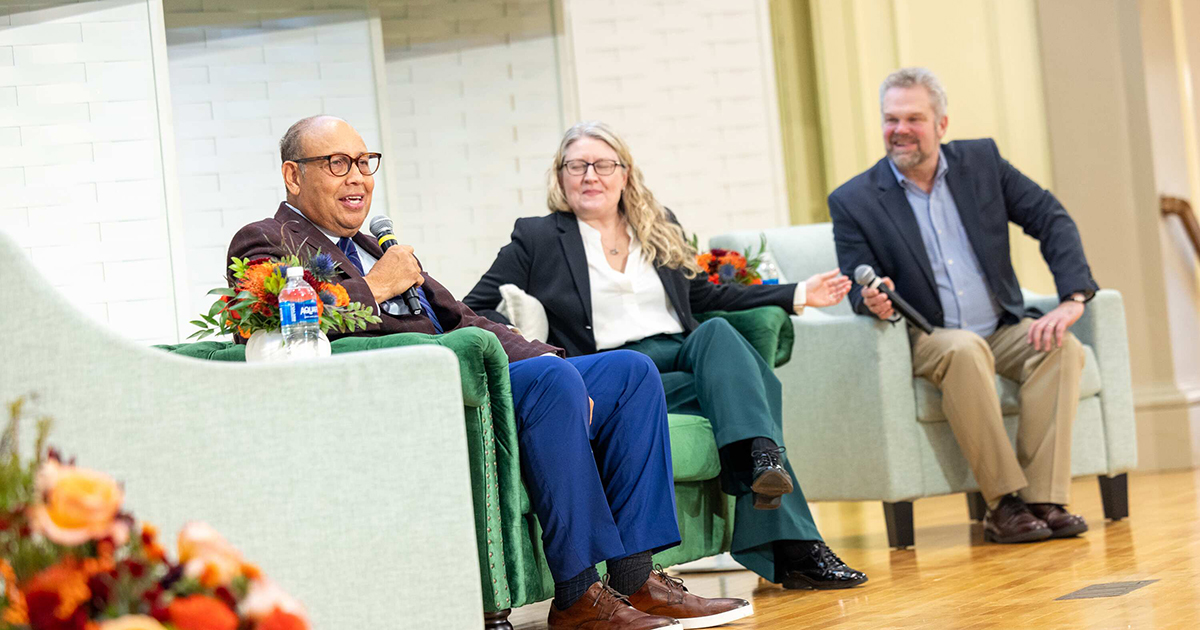What is Social Impact?

What do you think of when you hear the term social impact?
Many people jump quickly to the triple bottom line, corporate social responsibility (CSR) initiatives, or people, planet, profit philosophies. But that’s just good business, not necessarily social impact. Yes, it is good, but it’s not good enough anymore.
Consider an example. Think of a business’s carbon footprint. With the old CSR “do no harm” approach, a business would simply reduce carbon emissions to comply with regulations. With newer CSR approaches, a business may opt for carbon offsets to reduce or neutralize its footprint. But operating with a social impact mindset, a business completely disrupts the status quo. It can become carbon positive. Even better, it can continually work to scale that positive impact though operations, management, and new market opportunities tied to its core strategy.
So does social impact only happen by revolutionary do-gooders found in the social sector or through social entrepreneurs and social businesses? As Bill Drayton, founder of Ashoka, famously described, “Social entrepreneurs are not content just to give a fish or teach how to fish. They will not rest until they have revolutionized the fishing industry.” It’s true that these social entities often do create transformative change, but the business models of these entities themselves do not matter.
In other words, you don’t have to be a social entrepreneur or a nonprofit to create social impact. In fact at the Institute for Social Innovation, we reflect this idea in our mission to educate leaders who “create great economic and social value—simultaneously.”
Are social innovation and social impact the same?
Before we can define social impact, we should define social innovation. The key to understanding social innovation is to focus more on “social” than “innovation.” It’s a mindset shift and a process. Reconfiguring partnerships and relationships in new and different ways creates new and different outcomes. Using a social design approach helps cultivate usual and unusual partnerships that can activate positive change.
Social impact is then putting this social innovation mindset into action toward any activity that advances one or more of the UN Global Goals. There are lots of designs for getting there, and there need to be. These are complex, interdependent challenges. They require numerous entities and stakeholders to contribute through different degrees of investment and involvement. It means blurring boundaries between sectors and forming breakthrough interactions—profound collaborations for transformative change.
Sustainable, positive social impact can occur through a wide spectrum of activities. Individuals must first decide what problem they want to solve, and then determine where on the spectrum they can best influence the greatest change. How can they use the assets and resources they have to more effectively solve these global problems? How can they bring an entrepreneurial mindset and social design thinking to scale that impact?
How do you create social impact?
Building off of Drayton’s fishing example, let’s look at Global Goal 14: Life Below Water—to conserve and sustainably use the oceans, seas, and marine resources for sustainable development. Here are ways various entities are taking action and achieving impact around Goal 14.
-
-
- A nonprofit like ASCOM Nueva Vida does indeed “teach how to fish,” but in a transformative way: it empowers women to earn money in a poor community with a primarily illegal economy. (Its social impact also addresses Goals 1, 5, and 8.)
- A social entrepreneur like SafetyNet revolutionizes the fishing industry with its innovative new trawling system that decreases the number of discarded fish and reduces the overall environmental impact of both small- and large-scale fisheries. (Also Goal 6)
- A social enterprise like the Plastic Bank creates social and environmental impact in areas with high levels of poverty and plastic pollution by turning plastic waste into a currency. Individuals in poor communities get paid above-market rates for collecting plastic waste; the plastic waste gets turned into plastic material. (Also Goals 1, 8, 12)
- A corporate social innovator like Interface partners with a yarn manufacturer and charity to create Net-Works, which collects discarded fishing nets to recycle into nylon yarn used for carpet tiles. This incentivizes ocean/shore cleanup while investing funds back into the local community. (Also Goal 12)
- Governments like Mexico and New Zealand start coordinating an international treaty to protect the high seas from commercial fishing and to build large marine reserves that are essential for sequestering CO2. (Also Goal 13)
- An academic/research group like SAFRN promotes sustainable fishing through its studies about small-scale and artisanal fisheries.
- A movement like Seafood Watch changes consumer behavior by educating people on how to sustainably consume seafood, which in turn influences food suppliers to better label and source seafood. (Also Goal 12)
- A corporation like Unilever makes preemptive pre-regulatory decisions to stop using microbeads in products, to prevent plastics from ending up in fish and marine life. (Also Goal 12)
- Partnerships like Global Fishing Watch (Google, SkyTruth, and Oceana) develop technology that monitors fishing in nearly real time, stemming illegal fishing activities. Other partnerships like JetBlue and the Ocean Foundation develop research proving the economic value of clean beaches. (Also Goal 17)
- A nonprofit like Millennium Campus Network, a partner of the Institute for Social Innovation, starts a Millennium Oceans Prize to encourage and reward youth activism around advancing marine and freshwater conservation and the sustainable use of marine resources. (Also Goal 4)
- An innovative startup like Magnomer, founded by Babson alumnus Ravish Majithia MBA’18, uses magnetic markers in plastic packaging to prevent plastic waste from entering our waters. (Also Goal 12)
All of the above work creates social impact, and there is no single solution or entity that could resolve Goal 14 alone. So how can we achieve sustainable results? It starts by creating multiple solutions through a spectrum of activities and strong collaborative relationships throughout the world. This benefits businesses, communities, citizens, and the environment—and truly creates positive social impact.

What about the bottom line?
These efforts don’t just have altruistic value—there is economic opportunity as well. Addressing societal dilemmas is not just a business and societal imperative, but a new competitive advantage. According to Integrating the SDGs Into Corporate Reporting: A Practical Guide, the Sustainable Development Goals (SDGs) are anticipated to generate more than $12 trillion worth of savings and revenue by 2030. Companies of all sizes should be motivated to work toward the goals and capture value!
To create a world where everyone’s needs are better met, there is no distinction between social responsibility and profitability. What’s good for the bottom line is also good for society. Larry Fink, CEO of BlackRock, the largest money-management firm in the world, wrote in his 2018 annual letter to CEOs, “Companies must ask themselves: What role do we play in the community? How are we managing our impact on the environment? Are we working to create a diverse workforce?”
I believe Fink was not asking companies to ramp up their CSR strategies. He was calling upon business leaders to create economic and social value simultaneously. This will only happen with a different set of business and societal considerations. It requires a culture that sees differently, thinks differently, and acts differently. It requires a mindset that cultivates breakthrough interactions to activate and scale positive social impact.
-
Posted in Insights





